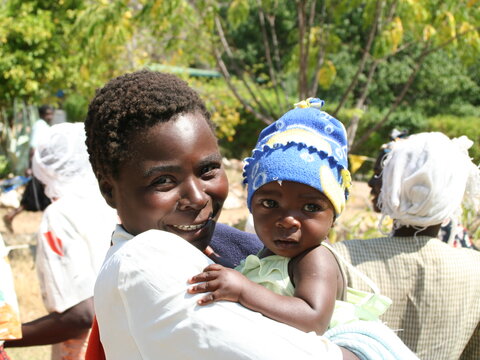SMC Treatment Successes

It has been demonstrated under clinical settings that administering SMC at monthly intervals for three to four cycles during the rainy season can reduce the incidence of uncomplicated and severe malaria in children under five years of age by about 75%.1,2
Data from studies in five countries also revealed that there was an 89% reduction in the incidence of malaria in children four weeks after they received SMC and a 62% reduction in the incidence of malaria five to six weeks after they received SMC, in comparison to children who had not received SMC or whose last dose was more than six weeks earlier, respectively.3
Countries could also expand SMC beyond what is currently being implemented by:
-
expanding the coverage to further areas within the Sahel (geographical extension); and outside the Sahel;
-
extending the administration period from three months to four to five months in areas where it can significantly increase protection rates (seasonal extension);
-
expanding the age range to include children up to ten years of age.
Seasonal extension and age expansion are currently being piloted in a few countries; they are however yet to be scaled up or included into national SMC policies.